1. Why Pergolas Wobble in the Wind
Pergolas, by nature, are open-air structures with exposed vertical posts and crossbeams. While this design is perfect for airflow and shade, it also makes the structure vulnerable to lateral forces—especially wind.
Common causes of pergola instability:
Improper or no anchoring
Lightweight construction materials
Poor connection between beams and posts
Lack of cross-bracing
Weak ground support on sloped or soft surfaces
Regardless of size, your pergola needs a solid foundation and reinforced joints to stay put when the weather turns.
2. Start with a Solid Base: The Role of Pergola Post Anchors
One of the most effective ways to keep a pergola stable is by installing a pergola post anchor at the base of each support column. These metal brackets secure the vertical posts to the foundation, preventing movement in high winds.
Best Practices for Pergola Post Anchors:
Use galvanized or stainless-steel anchors for rust resistance.
Ensure tight connections between post and anchor to eliminate wiggle room.
Choose anchor types that match your ground type (e.g., spike-style for soil, flat plates for concrete).
When done right, the anchors act as the first line of defense against lateral force and prevent the structure from shifting over time.
3. Go the Distance: Using Pergola Post Anchor Concrete Mounts
For maximum strength, secure each pergola post anchor into concrete. A pergola post anchor concrete method not only keeps your pergola from wobbling but also extends its lifespan.
Steps for Anchoring Posts in Concrete:
Dig Footings: At least 12–18 inches deep (deeper in frost-prone areas).
Set Anchors in Wet Concrete: Align each bracket precisely before it sets.
Insert and Bolt Posts: Once concrete cures, use lag bolts to attach posts securely.
This method is especially important for a post and beam pergola, where long spans can magnify sway during gusty weather.
4. Integrate Planters for Form and Function
Looking for an aesthetic solution to stability? A pergola with planters a brilliant way to add both beauty and balance. Planters filled with soil or gravel can anchor the base of your pergola and reduce sway while enhancing the overall design.
Tips for Using Planters as Structural Reinforcement:
Attach planters directly to the pergola base.
Fill with heavy materials—soil, stone, or concrete blocks.
Choose deep planters that cover the lower portion of each post.
The added mass around the post lowers the pergola’s center of gravity and reduces vulnerability to wind-related movement. 
5. Add Cross-Bracing for Lateral Strength
In addition to proper anchoring, cross-bracing is an essential reinforcement technique. This involves adding diagonal supports between posts and beams to stiffen the frame.
Benefits of Cross-Bracing:
Distributes wind force more evenly across the frame.
Prevents twisting and racking during strong gusts.
Adds architectural character, especially in a rustic or post and beam pergola design.
Cross-bracing can be added post-installation and customized to fit the aesthetic of the structure.
6. Reinforce a Pergola Attached to Deck
A pergola attached to deck offers convenience and visual continuity — but if the deck itself isn’t reinforced, the entire structure may sway or shake under pressure.
Reinforcement Strategies for Deck-Mounted Pergolas:
Secure pergola posts to underlying joists, not just deck boards.
Use post brackets specifically designed for deck installation.
Add blocking between joists under each anchor point to reduce flex.
Also, ensure your deck can handle the added wind load. If not, additional bracing or footing support may be needed underneath.
7. Regular Maintenance: Tighten, Seal, Inspect
A sturdy pergola today doesn’t guarantee stability tomorrow. Fasteners can loosen, wood can shrink, and weather can take its toll. Periodic inspection is key.
What to Check:
Bolt tightness on pergola post anchors
Cracks in concrete mounts
Rot or weakness in base of wooden posts
Rust or corrosion in metal brackets
Loosened screws or fasteners at beam connections
Set a seasonal schedule to perform light maintenance and address any movement before it becomes a larger structural issue.
8. Material Choices: Heavier Isn't Always Better, But It's Safer
Choosing durable materials can also make your pergola more stable in windy conditions. For example:
Pressure-treated wood is heavier than aluminum or vinyl, offering more resistance to movement.
Cedar and redwood are durable but may require reinforcement due to lower density.
Steel pergolas are excellent in windy zones but must be anchored with precision.
Consider your local climate and wind conditions when selecting materials for your post and beam pergola or any freestanding structure. 
9. Temporary Wind Protection Solutions
If your area experiences seasonal wind or only occasional storms, temporary reinforcements can be a smart addition.
Options include:
Removable windbreak panels
Heavy-duty pergola curtains (tied down during wind events)
Quick-install stakes or weight bags for pergola with planters
These solutions can provide peace of mind without requiring permanent changes to the structure.
Don’t Let the Wind Win
A wobbly pergola can go from annoyance to hazard if not properly secured. Whether you're planning a new build or stabilizing an existing one, using a pergola post anchor, adding cross-bracing, and considering a pergola with planters are excellent ways to improve wind resistance.
For those attaching to an existing deck, special attention must be paid to the structural support underneath—especially if you're working with a pergola attached to deck installation.
By following best practices and investing in long-term solutions like pergola post anchor concrete methods, your outdoor retreat will stand strong for years to come—come wind, rain, or sunshine.

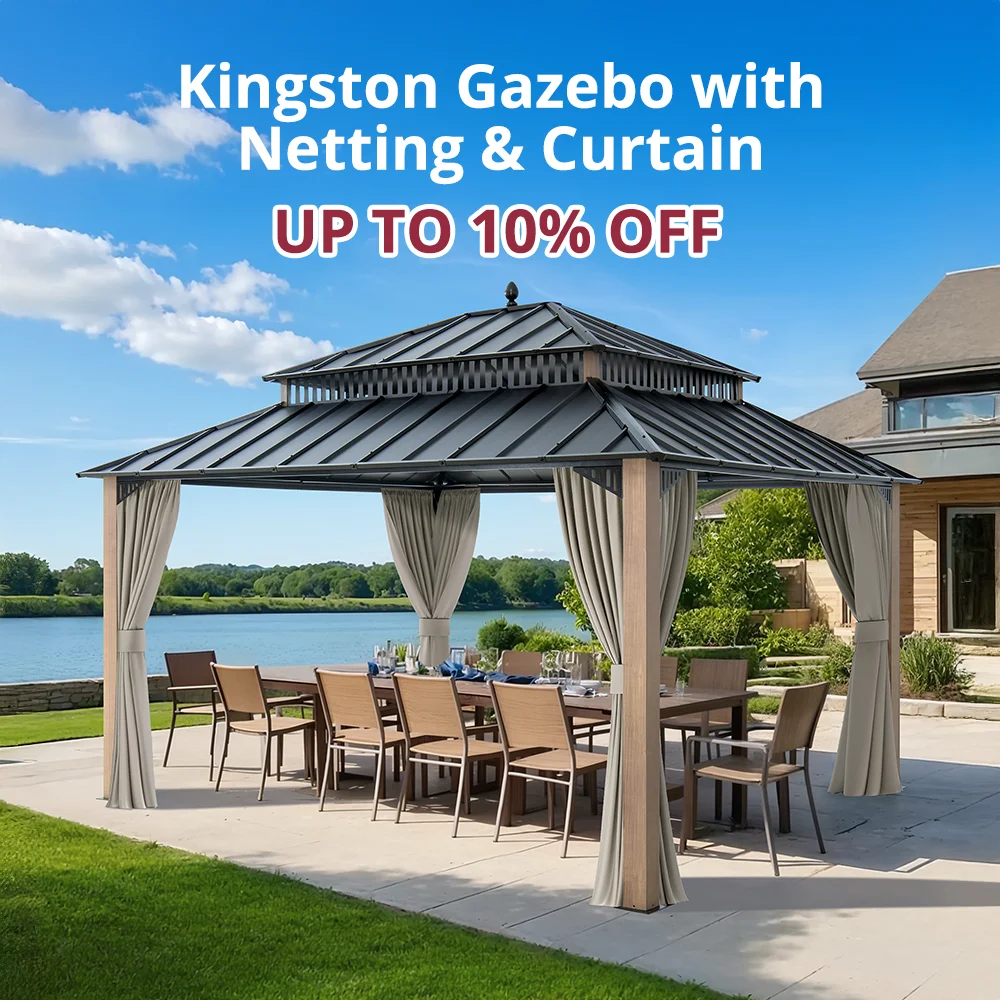
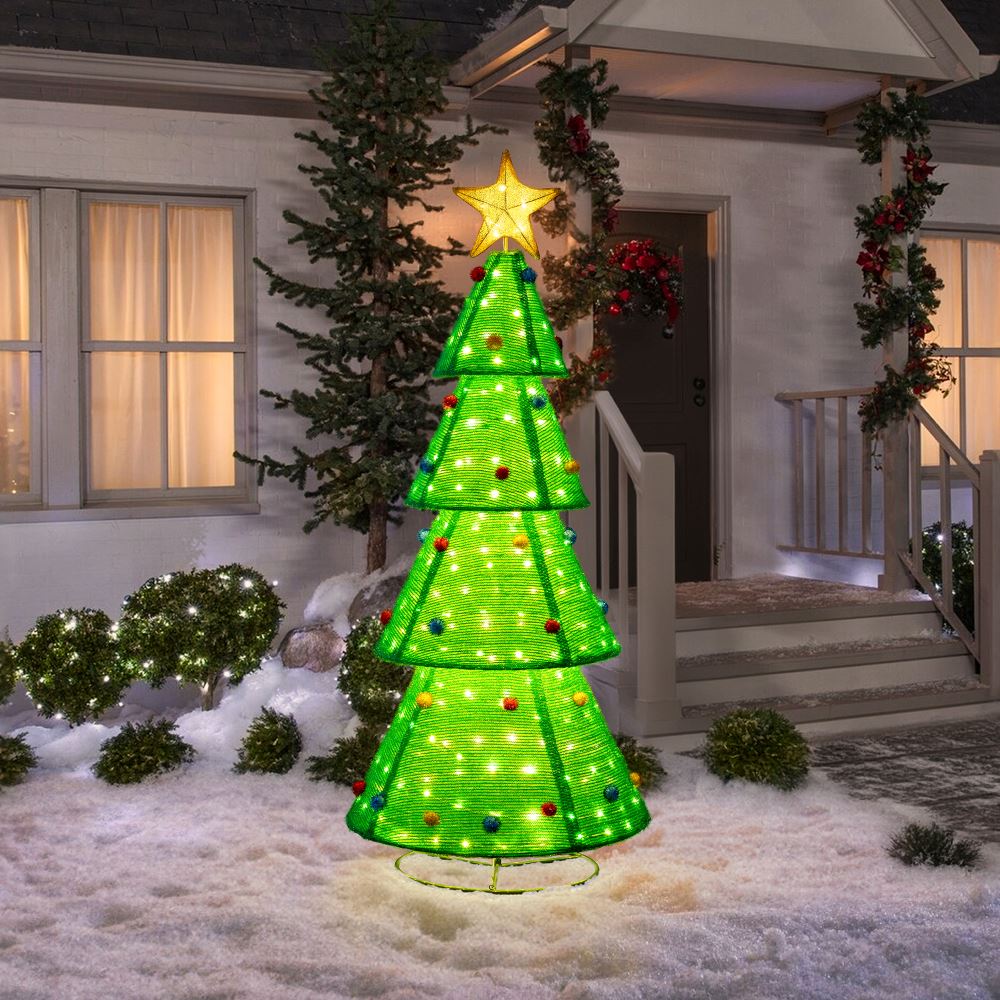
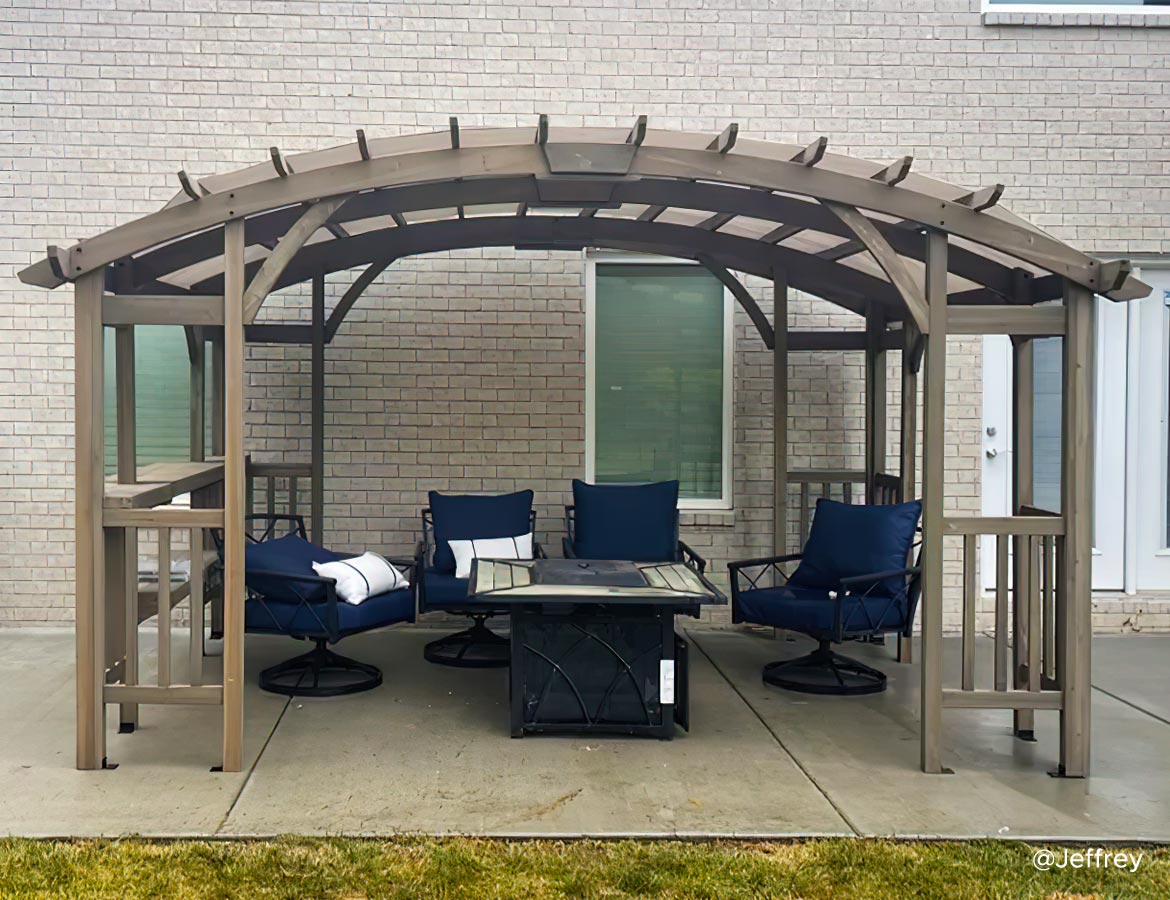
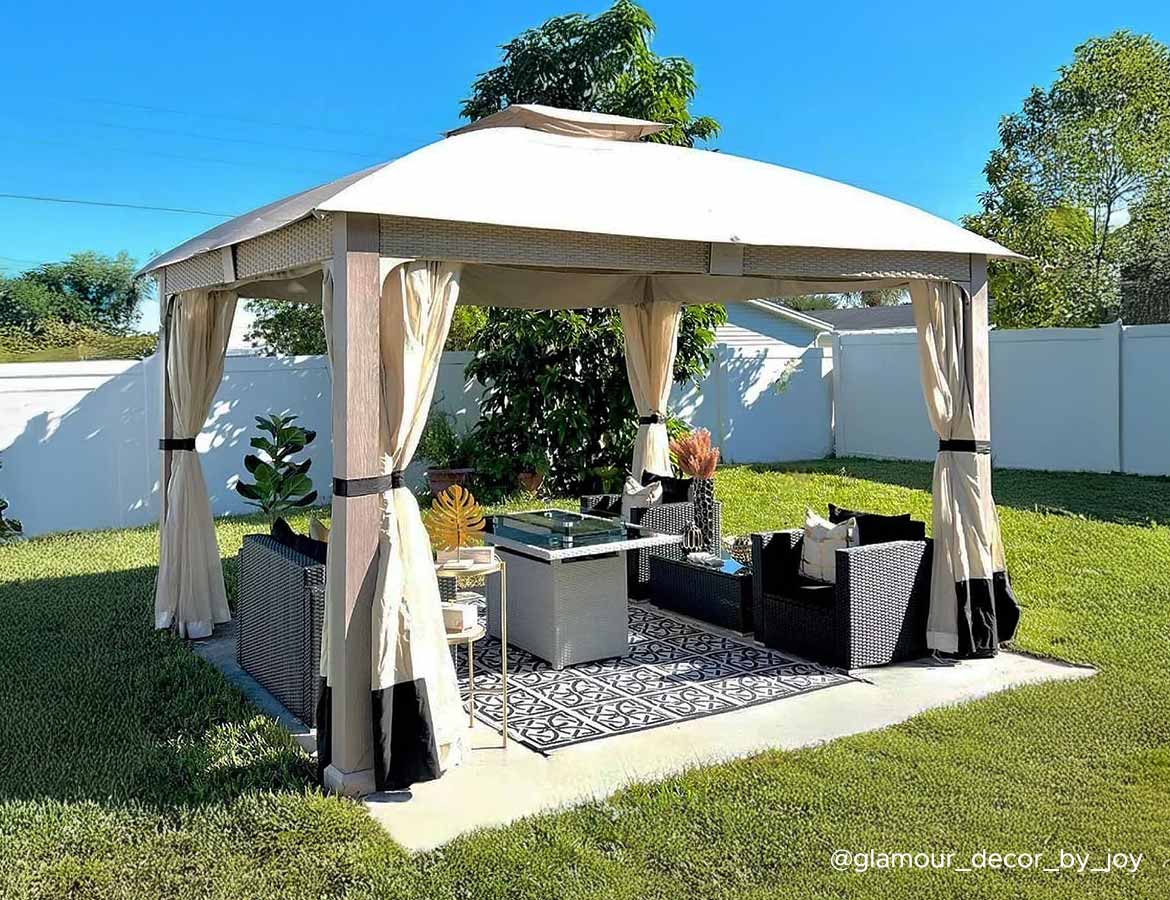
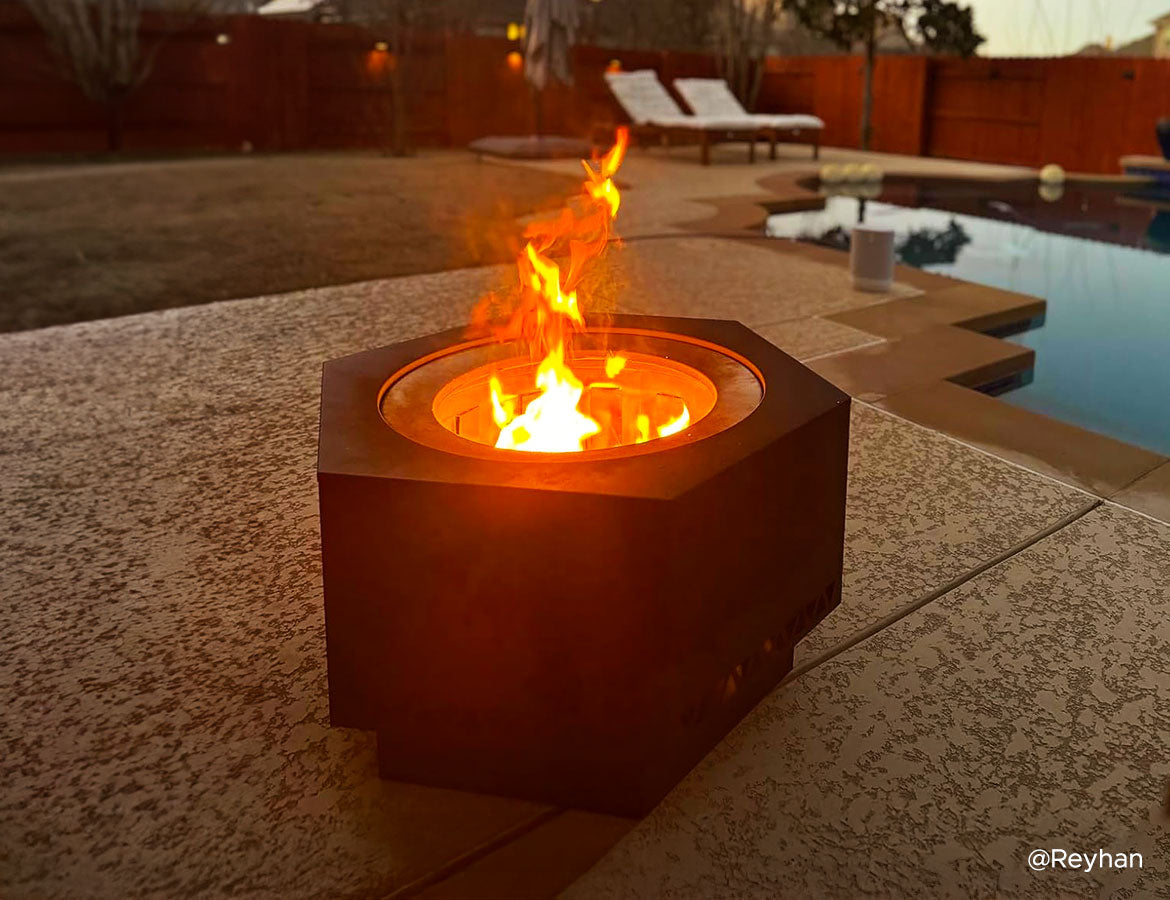
Leave a comment
All comments are moderated before being published.
This site is protected by hCaptcha and the hCaptcha Privacy Policy and Terms of Service apply.